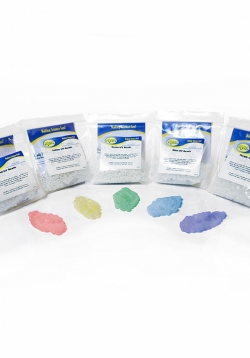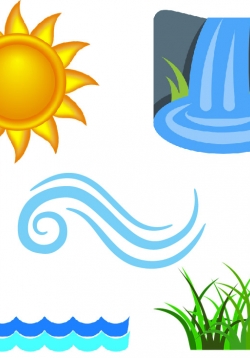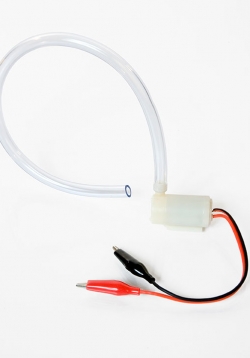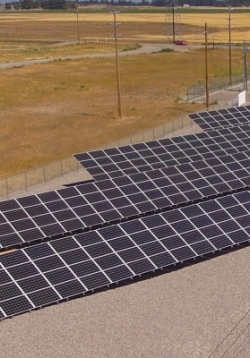Hypothesizing Why Solar Beads Change Color
The purpose of this activity is to introduce the idea that sunlight is energy and that this energy can be absorbed, converted into heat, or even cause a chemical reaction to occur. This lesson is also an introduction to the process of science, involving...
What is Renewable Energy?
Students learn about renewable energy sources through a read-aloud of Loreen Leedy’s The Shocking Truth about Energy. Students use Internet sources to obtain more information about alternate sources of energy. They complete a reflection to synthesize the...
Energy Changes Forms
Students read informational text about the forms of energy and energy transformation. They use a graphic organizer in the form of a concept map to take notes on details and examples. Optional – using solar beads, solicit ideas about what energy...
Exploring Solar Powered Water Pumps
Students explore with a solar cell and a pump to discover how to make the pump run. They will hypothesize and informally test whether they can make the pump run faster or slower.
Using Multiple Solar Modules
Students first explore with 0.5 Volt solar cells to see whether adding cells to a circuit increases the amount of water pumped by a small pump. They are introduced to parallel and series wiring. They then design and carry out a formal experiment to test...
Keeping it Cool With Solar: Hot Spot/Cool Spot
This is the first lesson where K- 2 students will investigate the effect of sunlight on the earth’s surface (K - PS3-1). The students will observe a video of an ice cube melting as the anchoring phenomenon for the unit. In this first lesson, students will...
Keeping it Cool With Solar Unit Plan
Keeping It Cool With Solar unit asks the question: “How might we design a structure that will keep us cool on a hot day?” As an anchoring phenomenon, students will be shown a time-lapse video of an ice cube melting, and a second phenomenon of a solar...
Keeping it Cool With Solar: Making Shade
This lesson is designed for one 30-minute session. After reviewing the hot/cool playground spots from Lesson 1, Students will be asked, “On a hot day, which materials might keep the ground the coolest?”. Students will be given tissue paper, photocopy...
Keeping it Cool With Solar: Design Time
This lesson is designed for one 30-minute session. Students are shown materials. Students are asked “How might we design a structure that will keep the ground the coolest?” Students design their structures by discussing, collaborating, and drawing....
Keeping it Cool With Solar: Build Time
This lesson is designed for one 30-minute session. Students build their structures based on their designs from Lesson 3. Students share evidence about ho w their structures affect the sunlight on the earth’s surface.





